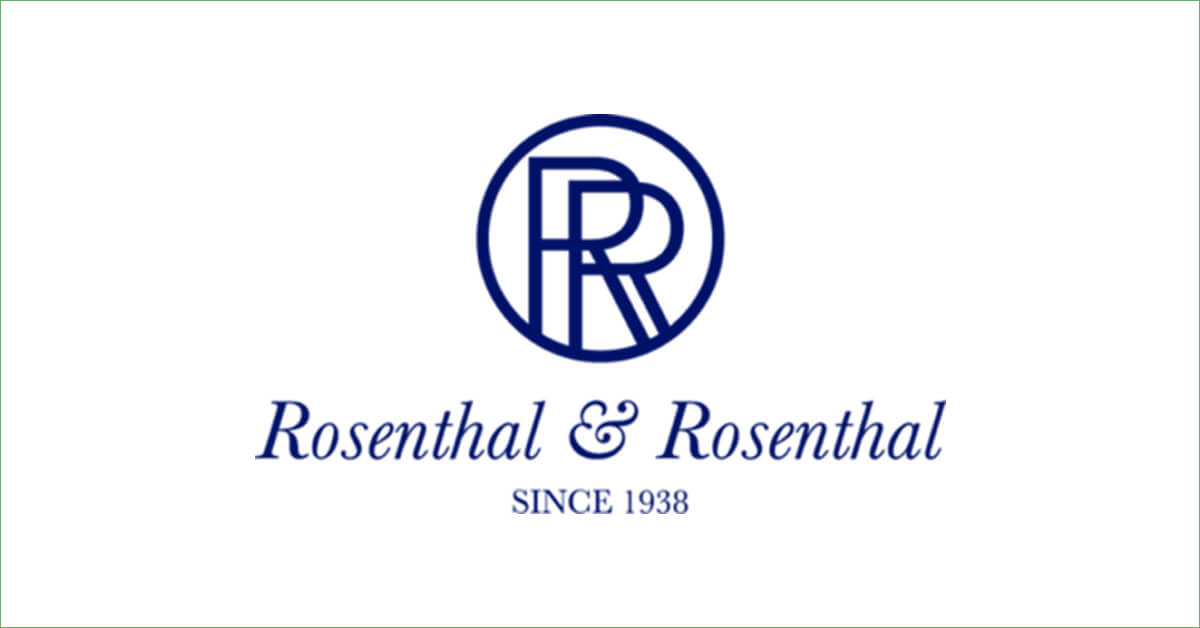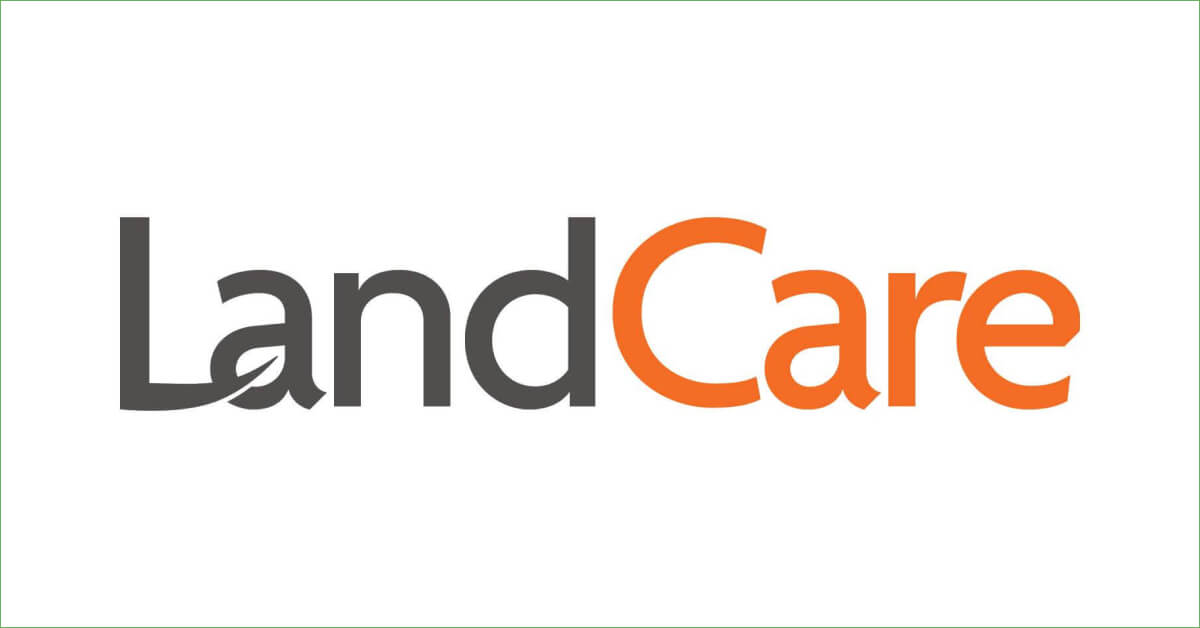The global marketplace has been competitive for a long time and is becoming more competitive with each passing day. Corporate leaders are constantly on the lookout for ways to increase their organization’s revenue, cut costs, and raise shareholder value.
Many companies embrace outsourcing as an excellent way to streamline business processes and reduce overhead costs. According to Grand View Research, the outsourcing industry’s total value is estimated to hit $405.6 billion by 2027.
Of course, there are several types of outsourcing available to modern businesses, including “offshore,” “onshore,” and “nearshore” models and various hybrid models, including the newest model outsourcing using Robotic Process Automation (RPA). Which option (or combination of options) is right for your business?
The following information will provide some more insight into the pros and cons of each strategy. However, let’s first briefly review the difference between these concepts.
What are the Differences of Offshore, Onshore, Nearshore, Hybrid, and Outsourcing using RPA?
Before you can understand the advantages of each outsourcing option, you must first understand what those options mean, and what they involve. With that in mind, here are some brief need-to-know definitions:
- Offshore outsourcing involves hiring a vendor, supplier, or development partner from another country with a very different time zone (for example, an American company outsourcing a business process to India).
- Onshore outsourcing involves working with a partner in your business’ home country.
- Nearshore outsourcing involves working with a partner in a neighboring or relatively close country, especially one with a similar time zone (such as an American company working with an outsourcing partner in Canada or Mexico).
- Hybrid outsourcing, as the name suggests, involves a combination of one or more of the above-mentioned options. In many cases, it involves managing a project locally, but contracting with offshore or nearshore developers to handle most of the workload.
- Outsourcing using RPA utilizes a combination of software and bot support labor to perform repetitive labor-intensive tasks. Outsourcing RPA eliminates paying for software licenses, maintenance agreements, development on cost and ongoing bot support costs.
Which Outsourcing Option is Right for Your Company?
When deciding which of the above-mentioned options to implement, you’ll need to analyze several key factors, such as cost (visible and hidden), performance, risk, process transparency, and collaboration. You should definitely take the following points into account as you develop your strategy:
1. Globalization is a double-edged sword.
If you want an expanded global footprint for your company, then offshore outsourcing can help bring your brand “closer” to your worldwide audience. Local consumers in your target country will become more aware of your brand, and they’ll likely view your presence in a positive light (as you provide them with employment opportunities and other benefits).
Of course, globalization may also work against your goals, in terms of pushback from local companies and government officials that may view you as a disruptor to their country’s economy. The takeaway here is that you need to tread carefully when establishing a presence in foreign countries, especially if their ecology, economy, and culture are vastly dissimilar from your own.
2. It’s essential to factor in both “visible” and “hidden” costs, including risks.
It’s no secret that the biggest advantage of offshoring business processes is the reduced cost of labor. For instance, the median wage for an outsourced employee in certain Asian and African countries may only be one-half of the typical wage in North America and Europe (or even less, for that matter). Obviously, the math for offshoring may look very favorable indeed – at least on the surface.
That being said, you should take the “hidden costs” of offshore outsourcing into account before making your decision. For instance, consider the following questions:
- Will your offshore outsourcing partner be able to guarantee the same quality of service that an onshore or nearshore provider could?
- Can the political, economic, or technological infrastructure in the foreign country ensure that you’ll enjoy business continuity, or is it more likely that you’ll suffer occasional, and even debilitating disruptions to your process (for example, an outsourced call center losing power and causing angry customers to leave your business)?
- Will your team need to maintain a close business relationship with your offshore partner by making frequent in-person trips to their country?
- Will you need to develop and deploy a training program specific to your outsourcing provider’s work force?
- Is there a viable means of obtaining legal redress should your offshore partner fail to deliver on their promises (or attempt to “take the money and run”)?
- What are the positive and negative tax implications of working with the offshore partner?
As you can tell, there are many more cost and risk considerations in play than “the labor is cheaper in other countries.” While onshore and nearshore outsourcing typically come with higher labor costs, in many cases these strategies are associated with significantly lower levels of risk compared to the offshore approach.
3. Robust project management and collaboration processes are a must, no matter which outsourcing option you choose.
Strong oversight makes for successful outcomes. Whether you choose onshore, nearshore, or offshore outsourcing, it’s imperative that you have visibility into your partner’s workflow, that you can track progress towards specified objectives (both intermediate and long-term), and that you maintain a measure of control over their process.
Long-distance project management isn’t quite as difficult as it used to be, especially with the emergence of video-conferencing platforms like Zoom and Microsoft Teams and collaboration tools like Slack. Still, it’s vital to regularly schedule meetings with your outsourcing partner’s leadership team, and ensure that there’s a mutually acceptable reporting mechanism in place for you to keep abreast of their performance.
In terms of collaboration, partnering with a vendor in a similar time zone is a huge plus. Trying to get your geographically diverse team “on the same page” can become a real headache if it’s noontime for some team members and midnight for others. In this respect, onshore and nearshore outsourcing offers significant advantages over the offshore option.
In terms of cloud-based RPA the partner handles all aspects of the process and support for the bots. You can typically work with a domestic partner and have minimal involvement in the process. You have a virtual interface that can be used with computers, smart phones and other mobile enabled devices.
In conclusion, onshore, offshore, and nearshore outsourcing alike will certainly grow in popularity with each passing year. Large, complex business organizations will continue to outsource key business processes that they can’t handle in-house to qualified partners located both in their home country and around the globe. All companies are moving toward the cloud and all types of automation that eliminate labor. The use of RPA enables more labor to be eliminated and provide a much more stable and sustainable solution for the long term. Global inflation is driving up costs, including labor costs for all companies. Outsourcing options that do not include RPA to eliminate the labor in the entire process will continue to see price increases and service delivery challenges from staffing issues.
Each option has its unique strengths and weaknesses, and corporate leaders must weigh many vital factors when making their final decision. If you have a clear vision of the direction you want your company to take, and are able to conduct a systematic, highly disciplined evaluation of each outsourcing option discussed above, then you’ll be in a prime position to implement a strategy that results in sustainable growth.
In 2021, Deliotte reported that 64% of leading companies have chosen RPA (robotic process automation) as a digital enabler. If you’re interested in seeing how RPA can make your business more efficient, contact us today.


















